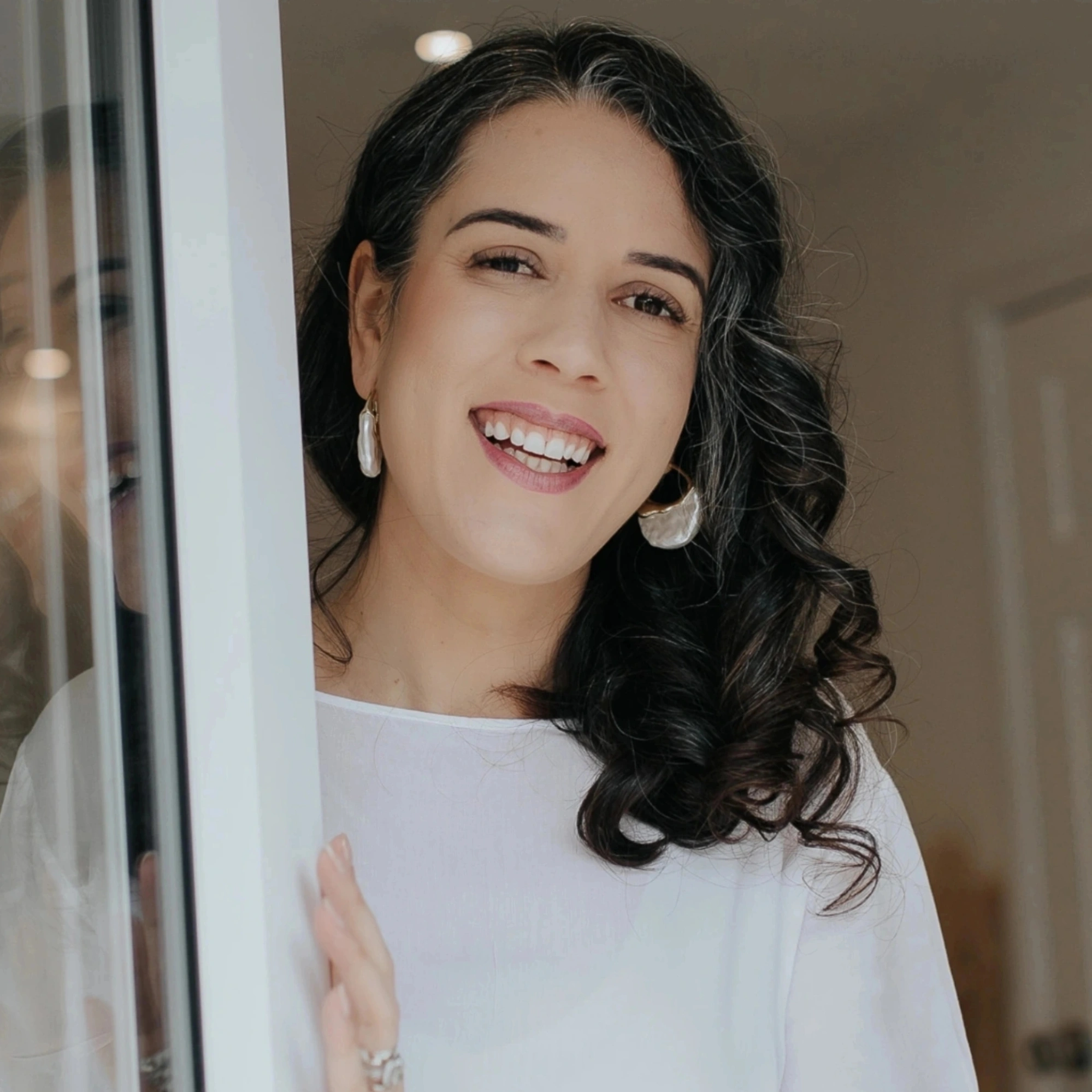What Is the Root Cause of Anxiety?
- Paula Miles
- Jun 12
- 3 min read

Anxiety is one of the most pervasive mental health challenges in modern life. It affects millions of people globally, often impairing daily functioning and emotional well-being. But what is the root cause of anxiety, and how can therapy help us uncover and heal it?
From the lenses of psychoanalysis and psychotherapy, understanding anxiety involves more than addressing surface symptoms—it requires a deep exploration of the unconscious mind. These therapeutic approaches help identify hidden emotional conflicts, unresolved childhood experiences, and defense mechanisms that contribute to chronic anxiety.
Understanding Anxiety: Beyond the Surface
At its core, anxiety is a complex emotional response involving worry, fear, and a sense of helplessness. Anxiety symptoms can range from persistent rumination and physical restlessness to panic attacks and social withdrawal. But beneath these symptoms often lie unconscious conflicts and deep emotional wounds.
Defense mechanisms like repression and denial help protect us from overwhelming feelings. However, when overused, they can reinforce the anxiety cycle. To truly understand how to treat anxiety or help someone with anxiety attacks, we need to look beneath these protective layers.
Psychoanalysis and the Root Causes of Anxiety
Psychoanalysis, pioneered by Sigmund Freud, provides a foundational framework for understanding anxiety as a manifestation of unconscious mental processes. According to Freud, unresolved internal conflicts—often stemming from early childhood—can become buried in the unconscious mind and resurface as anxiety.
Through tools like free association and dream analysis, psychoanalysis uncovers these hidden layers. The process gives voice to repressed memories and emotions, allowing patients to access and understand the root cause of anxiety at a profound level.
Psychodynamic Psychotherapy: Healing Through Insight
While psychoanalysis involves long-term, intensive exploration, psychodynamic psychotherapy evolved as a more accessible and flexible approach. It retains the core focus on the unconscious but emphasizes real-time relationship patterns and emotional insight.
In psychodynamic therapy, early childhood experiences and object relations theory are central. The therapeutic alliance, built on trust and empathy, enables clients to explore painful patterns and form healthier emotional responses—helping reduce anxiety at its root.
Childhood Experiences and Their Impact on Adult Anxiety
Our earliest emotional environments shape the blueprint for how we process stress and relate to others. Experiences of early childhood trauma, unmet emotional needs, or inconsistent caregiving can leave psychological imprints that later emerge as anxiety.
Freud's theory of psychosexual development stages offers insight into how disruptions during specific developmental phases can lead to emotional vulnerabilities. Understanding this connection allows therapy to address anxiety where it often begins—in the foundational years of life.
Defense Mechanisms and Anxiety Maintenance
Defense mechanisms are unconscious strategies the mind uses to shield itself from distress. While they can provide short-term relief, defenses like repression and denial often maintain long-term psychological distress by preventing the processing of painful emotions.
When these defenses dominate, anxiety can become chronic and self-perpetuating. Therapy helps clients recognize and gently confront these patterns, opening the door to authentic emotional expression and healing.
Treating Anxiety Through Psychoanalytic and Psychodynamic Approaches
Unlike symptom-focused treatments, psychoanalytic and psychodynamic therapy aim to resolve anxiety at its origin. The process involves deep emotional expression, identifying unconscious patterns, and integrating difficult or repressed feelings.
This long-term therapy approach emphasizes internal transformation rather than surface-level coping. By addressing the root cause of anxiety through psychoanalysis and psychotherapy lenses, clients often experience lasting relief and personal growth.
Integrating Psychodynamic Therapy with Other Modalities
Modern therapeutic approaches are increasingly integrative. While psychodynamic therapy excels at uncovering emotional depth, blending it with cognitive-behavioral therapy (CBT) can offer a well-rounded path to healing.
This integrated treatment approach provides clients with both practical coping tools and the insight needed for sustainable change—balancing symptom management with deep psychological understanding.
Finding Professional Help for Anxiety
If you’re ready to explore anxiety on a deeper level, it’s essential to find the right therapist. Searching for an anxiety therapist near me who specializes in psychoanalysis or psychodynamic therapy can lead you to professionals who understand the inner workings of emotional distress.
When choosing a therapist, consider their training, therapeutic style, and your level of comfort with them. A strong therapeutic alliance is crucial for uncovering and healing the root cause of anxiety.
Ready to Begin Your Healing Journey?
At Paula Miles Therapy, we offer compassionate, expert care grounded in psychoanalytic and psychodynamic principles. If you’re seeking to understand and heal your anxiety from the inside out, contact us today for a consultation.




Comments